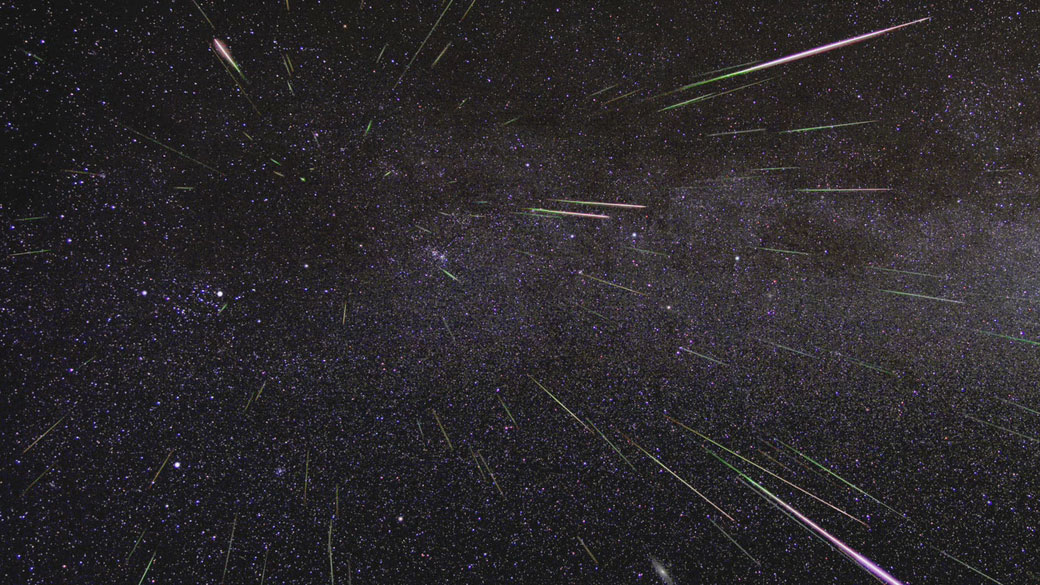TORONTO – If you have clear skies and are willing to brave frigid temperatures that are expected across the country, you might want to bundle up and head outside to catch the first significant meteor shower of the year.

The Quadrantid meteor shower, which occurs from Dec. 30 to Jan. 12, peaks on the night of Jan. 3.
READ MORE: 7 astronomical events you don’t want to miss in 2015
The maximum is expected to peak at 2 a.m. Universal Time (11 p.m. EST, 8 p.m. PST), meaning that we’re not exactly in the prime viewing location. That’s because the radiant, or area from which the meteors seem to originate, will be low in the north (almost at the horizon) at the time. However, as the night progresses, the radiant will rise higher. By 5 a.m. EST (2 a.m. PST), it will have risen almost 42 degrees above the horizon (about the width of your thumb to pinky held at arm’s length; think of the Hawaiian surfing shaka or hang-ten symbol).
Where to find it in the night sky? The easiest way is to just look for the asterism of the Big Dipper (the Big Dipper is part of the constellation Ursa Major), which can be found to the northeast. Find the first star in the handle and you’re looking in the general direction of the radiant.
But you don’t have to stare right in that direction; you just need to be looking up.
The Quadrantids typically produce about 120 meteors per hour at a dark-sky site at the peak. But because the moon will be almost fully illuminated, we’ll only be able to see the brightest. According to the American Meteor Society, it will more likely be around 50 meteors per hour.
The Quadrantids are a tricky one to catch even without the challenge of a bright moon. That’s because the peak lasts a mere six hours, as opposed to other meteor showers which can last for days.
A few rules to catching meteor showers: Keep looking up; don’t divert your eyes; get to a dark location; and stay out as long as you can bear it. Also, in case you know you won’t have clear skies the night of the peak, you can try to look for them in the days leading up to the peak. But don’t expect too many meteors with this shower.
READ MORE: Bright meteor lights up the sky over Toronto, eastern Ontario
The history of the Quadrantids is interesting. Most meteor showers’ names are derived from the constellation in which the radiant appears. Bet you’ve never heard of the constellation Quadrans Muralis, have you? That’s because it no longer exists.
Quadrans Muralis was added to the list of constellations in 1795. A few years later, a meteor shower was discovered in the new constellation and was given the name Quadrantids. Fast forward to 1930 and the constellation was cut by the International Astronomical Union. But the shower name remained.
Remember, as with any meteor shower, there’s always a chance you might catch a fireball, or bright meteor. If you do, report it to the American Meteor Society or Meteorites and Impacts Advisory Committee.



Comments